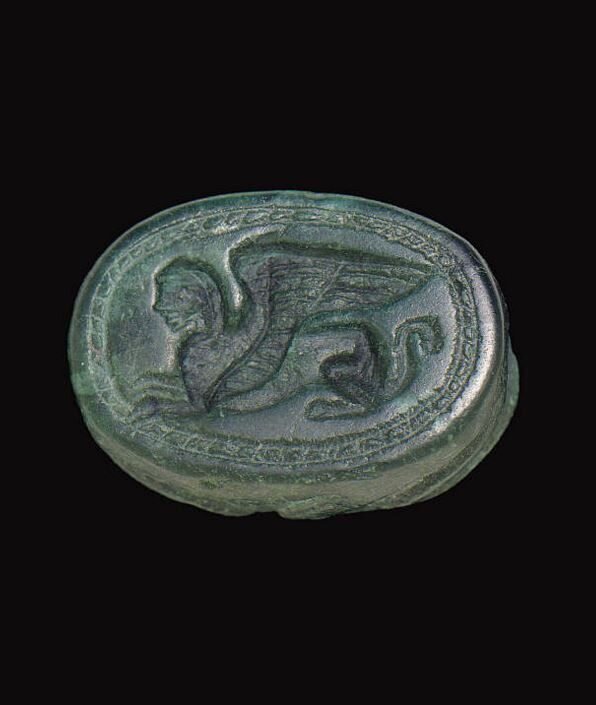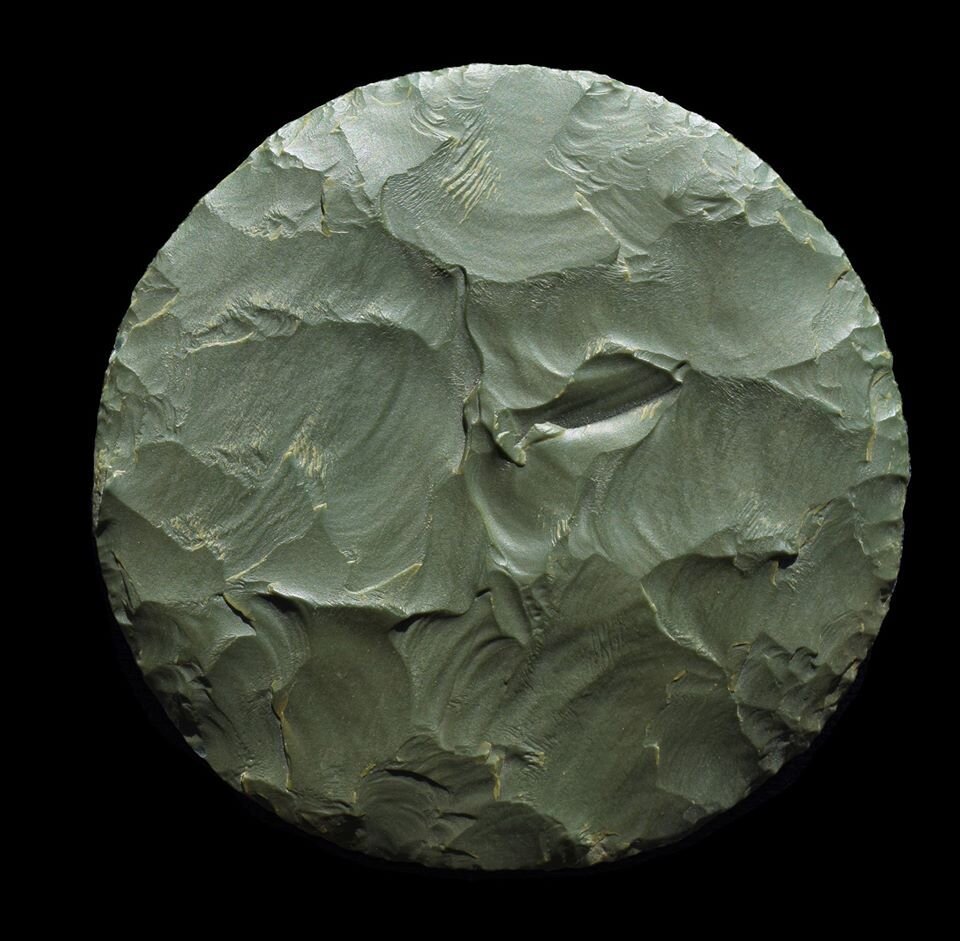
African “Turquoise” Jasper
African “Turquoise” is an old trade name to describe a type of jasper, however this stone is not a turquoise at all. Nowadays, it is usually known as African Jasper.
Although not as well known as turquoise, its characteristics are not unlike true turquoise. It is equally fascinating with a huge variety of patterns and colours, makes it one of the most diverse stone.
FUN FACT
African Jasper has other trade names also known as Jasper Bumblebee and the Ocean Jasper from Madagascar.
African Jasper technically is a form of chalcedony, like agate and so many other stones. It also has other inclusions, such as copper and iron, that contribute to its beautiful mottled color palette.
Its history stretched way far back than we once originally thought. Primitive stone axes made from Jasper have been found in Omo Valley in Ethiopia and dated to 2.5 million years old.

Geography Locations
Jasper in one form or another can be found almost anywhere in the world. African Jasper might originally discovered in Africa, but this certain hue with a mottled appearance found elsewhere would also be named as African Jasper. In general, Jasper's most important sources are India, Australia, Venezuela, Russia, Brazil, Uruguay and most come from South Africa.
Amazing Properties
Nurturing
African Jasper is known as the ‘Nurturing Gemstone’ as it helps to increase encouragement and sense of reassurance when facing challenges. At times it is also a great stone for transitioning different phases in life, to help you to open up and feel at ease in a new environment or situation.
Relaxation
Like other kind of Jasper, it has the properties to help calmness and relaxation. At times of need, simply sit or lie down for a moment with it close to your heart. Let it help to clear your mind, release your stress and revitalise you.
Protection
One of the best known properties amongst Jasper is protection. It has a long history of it being used by ancient priests and kings, as they considered the stone sacred and protective from negative energies, which then allow its wearer to function as normal.

History
Jasper has been used as a gemstone and material for ornaments and tools for all of our known history stretching back to our first cities in the Indus Valley of present day Pakistan and even further with the beads of Neolithic man.
Some of the earliest discovered mining sites on earth are believed to be those found in Pennsylvania, USA, where it appears Palaeolithic people - the ancestors of modern Native Americans - were digging up Jasper to use as knives and arrowheads as well as jewellery as early as 12,000 years ago.
At the time of the Sumerian civilisation existed around 2000 BCE, Jasper was found to be used to adorned a dome as stars.
Roman and Minoan rings, seals and cameos were very popular, decorations on sword hilts, amulets for good luck and the cutting edge on bow-drills.
The word itself first enters the English language in the 14th century from the French 'jaspre' and the Latin 'jaspis' and the earlier Greek 'iaspis' all meaning spotted or speckled gemstone.
Jasper’s name can be traced back in Arabic, Persian, Hebrew, Assyrian, Greek and Latin. On Minoan Crete, Jasper was carved to produce seals circa 1800 BC, as evidenced by archaeological recoveries at the palace of Knossos.
Gemology
African Jasper, an aggregate of microgranular quartz and/or chalcedony and other mineral phases, is an opaque, impure variety of silica. The specific gravity of jasper is typically 2.5 to 2.9. African Jasper, like many other jasper, is an opaque rock of virtually any colour stemming from the mineral content of the original sediments or ash. Patterns arise during the consolidation process forming flow and depositional patterns in the original silica rich sediment or volcanic ash. Hydrothermal circulation is generally thought to be required in the formation of jasper.

Raw African Jasper Stones

African Green Phoenician Jasper Scarab - circa 5th century BC - Sphinx

African Jasper polished in Rectangular Cushion Shape

An Oval Shape African Jasper

Square Cushion African Jasper

Tenerean African Neolithic Green Jasper Bifacial Disk 4600-2500BCE - South Central Sahara Desert




